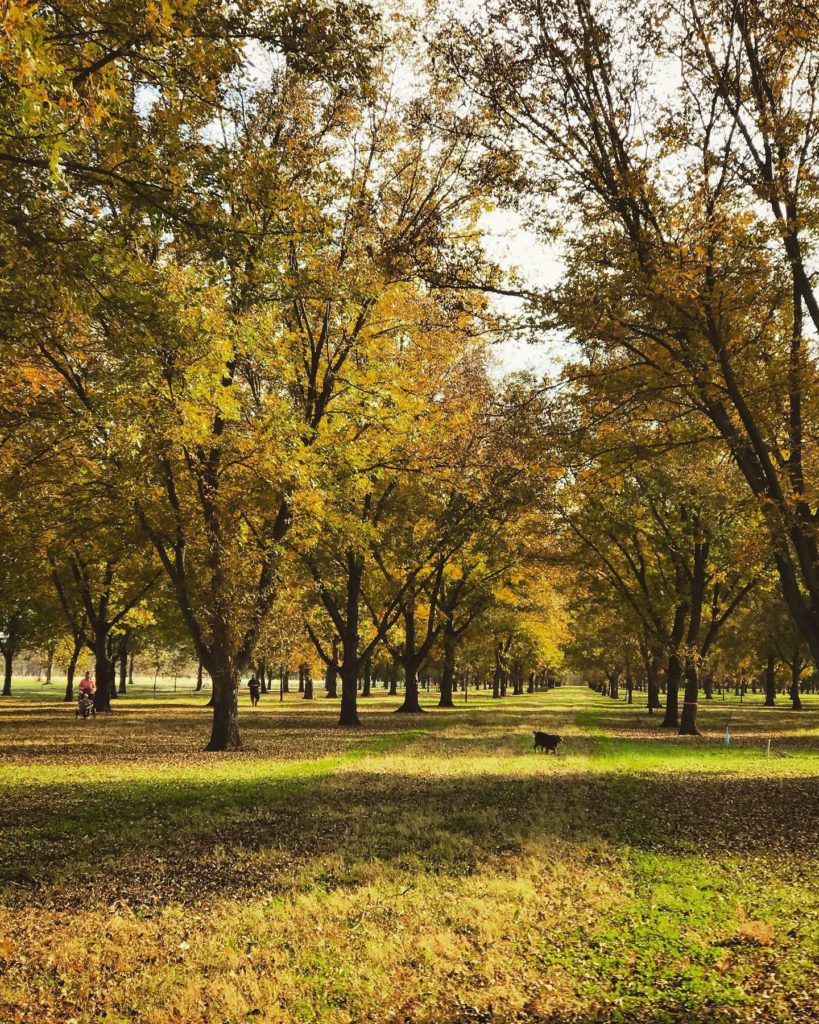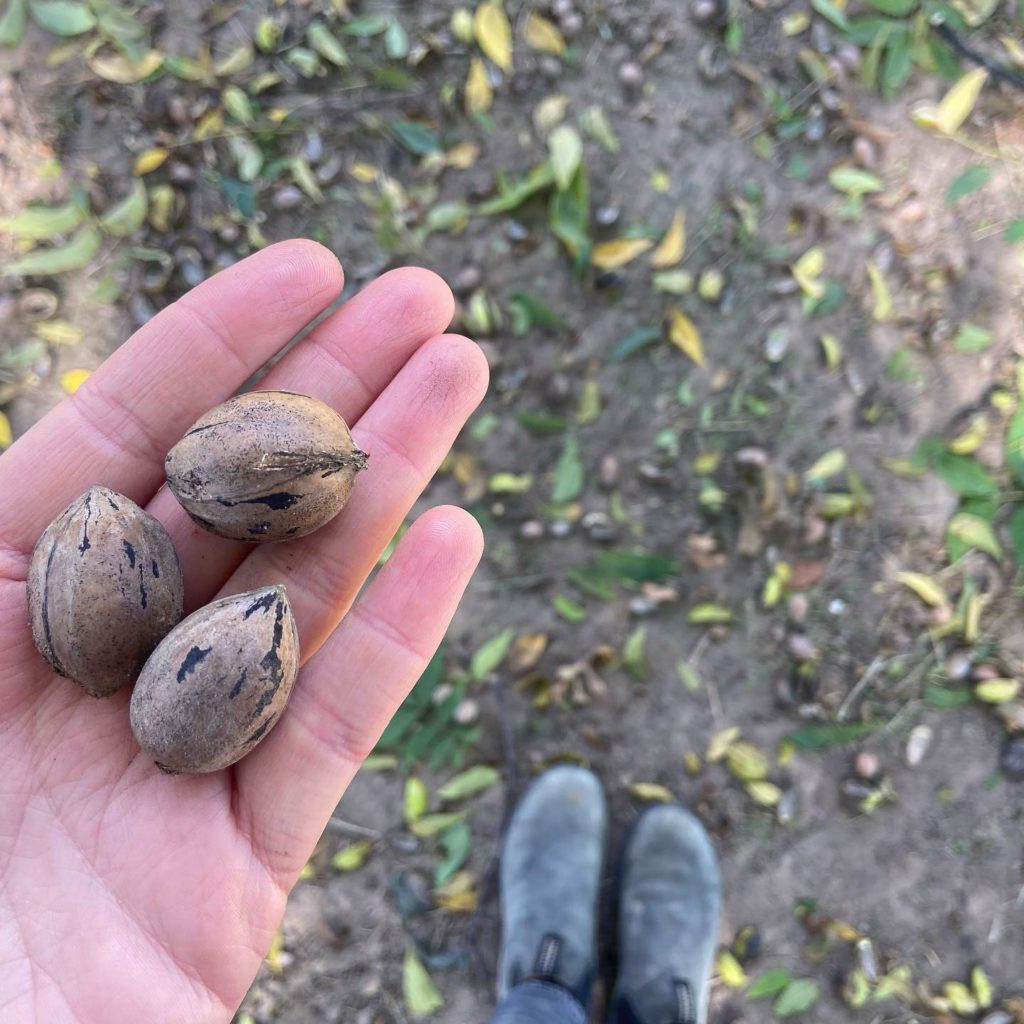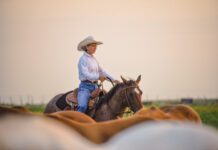Pecans have been part of the fabric of Oklahoma since the state’s beginning … and even before. The official Oklahoma state meal includes pecan pie as dessert, after all. But well before anyone was making pecans into pie, this species of hickory was nourishing the Indigenous people of the area and growing wild in this – their native habitat.
“Pecans have been harvested as long as people have been around,” says Michael Smith, PhD, who is a retired regents professor in horticulture from Oklahoma State University, a pecan researcher and a fellow of the American Society for Horticulture Science.
Today, farms in Oklahoma produce over 18 million pounds of pecans each year, says Smith, 90% of which are native. The rest are specially cultivated varieties, selected for superior qualities and carefully managed. Most of these farms are family-run, like the one Smith runs now, Cedar Creek Pecan Farm.
“Pecans are from Oklahoma, that’s just their native range. It extends from up near St. Louis down to well into Mexico. From the Mississippi River to where you get into the prairies,” says Bob Knight, president of the Oklahoma Pecan Growers Association and owner of Knight Pecan Farms, which stocks a store in Tulsa.
Pecans are part of the hickory family. There are more species in North America than anywhere, says Knight. They are thought to have originated here. The trees first bloom in April. Then, in May, they produce small flowers that are typically only noticeable to a pecan grower, according to Knight, and pollen that is very noticeable to allergy sufferers. The trees are then pollinated by the wind; they don’t need insects for pollination.
Pecans are very suited to the Oklahoma climate.
“They can handle the climate extremes here,” says Knight. “If you had a field in Oklahoma that had at one time been farmed, been cultivated, but it was abandoned from cultivation in a native pecan area, it will come up in pecan trees. There is a lot of land in Oklahoma that is like that.”
Beginning in mid-October, the pecans are ready to be harvested. The trees are shaken, which is a process that is exactly what it sounds like. Farmers use large machines to physically shake the trees and remove nuts. They are sent to be shelled, then sold and enjoyed all over the world.
In his store, Knight hears from customers who have fond memories of pecans. It seems everyone has pecan trees in their yard, or they had a grandparent with some on their farm, he says.
“It’s kind of part of the culture of Oklahoma,” he says.
Want a Taste?
The pecan harvest is very mechanical, so many farms don’t need pickers. However, the trees grow wild all over the place in certain parts of the state. The native pecans will start falling from trees after the first killing freeze, typically near the middle of November. You can also check your local feed supply store for a place to get them shelled.




























